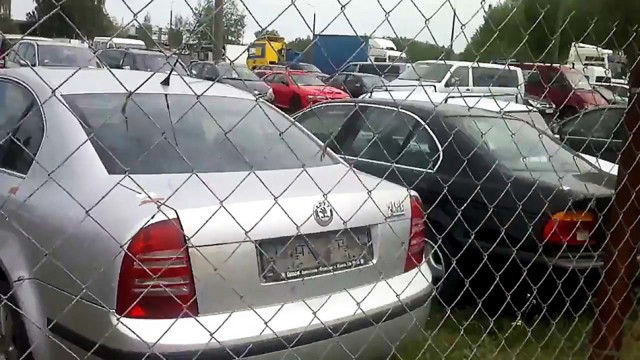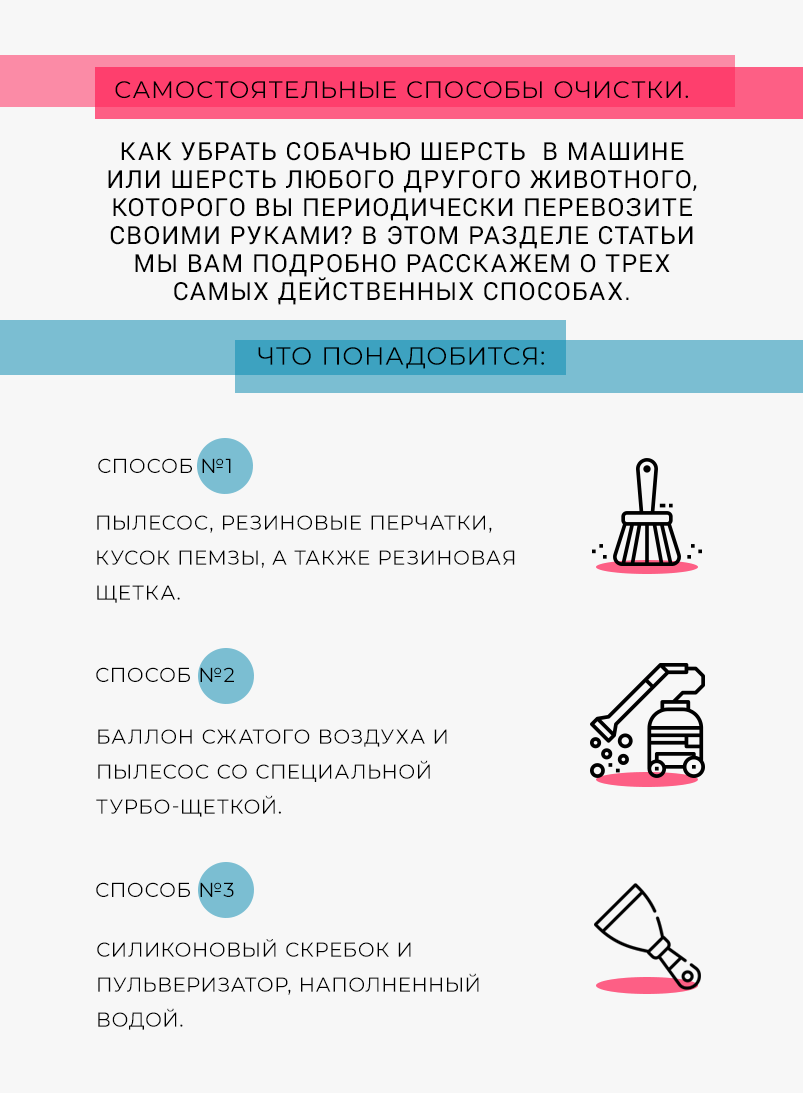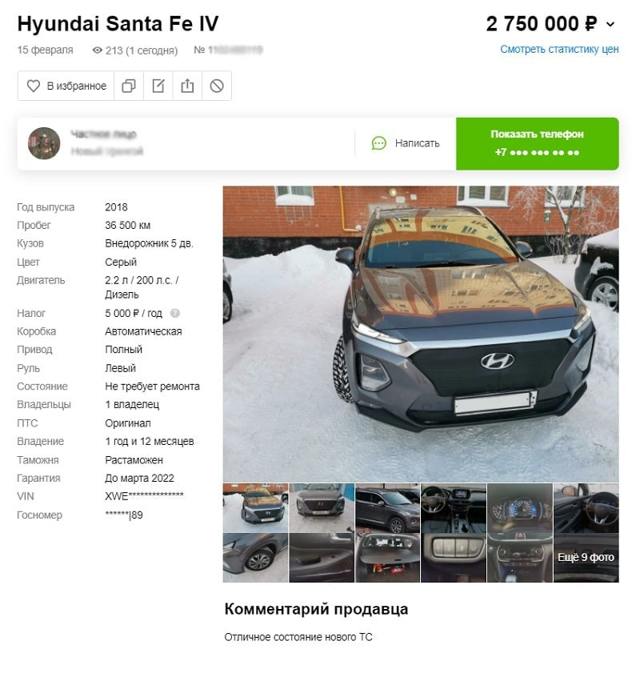
How to participate in an auction for the sale of confiscated cars
Content
Buying a car can hit any budget. Fortunately, when searching for a car, you can choose from several methods. One such option, buying a repossessed car, can save you money by giving you access to high-end cars. Vehicle seizure auctions typically feature vehicles that have been seized by the bank, have been seized by the government during their operations and then seized, and are surplus state, local, and federal vehicles. By participating in car repossession auctions, you can participate both online and in person.
Method 1 of 2: Online Confiscated Car Auction Sites
Necessary materials
- Cellular telephone
- Computer or laptop
- Paper and pencil
Online auctions for seized cars allow you to buy a car from the comfort of your own home. Although online auctions are not as practical as a personal auction, they give you access to vehicles in the same way as a regular auction and allow you to bid and win cars privately without even leaving your home.
Step 1: Check your inventory. First, check your available inventory by looking at online inventory on sites like GovDeals.
Find the specific vehicle category you are interested in, such as cars, trucks, or vans. Once on a particular page, you can click on the listing to find out information such as the seller, preferred payment methods, and vehicle specifications, including miles, any ownership restrictions, and VIN.
Make a list of cars you are interested in, indicate the end date of the auction and the opportunity to inspect the car in advance.
- Functions: You can sort the available car listings by current bid amount, auction end date, model year, and more. Use the available filters to make it easier to find the right car.
Step 2: Research the Real Market Value. Research the fair market value of any vehicle you are interested in. This includes visiting sites like Edmunds, Kelley Blue Book, and NADAguides to find out how much a car costs by make, model, year, mileage, and trim level. .
Step 3: Check the car's background. Luckily, many auction sites give you the vehicle's VIN, making it easy to check the vehicle's history. Look for things like accidents, rescue titles, or flood damage. If a vehicle has experienced any of these, remove that vehicle from your list.
- A warning: Buying a car that has been in an accident or flood damaged will only get you into trouble as these cars are more likely to have problems in the future. In addition, a salvage certificate means that the vehicle was in such a serious accident that the insurance company was forced to declare the vehicle completely lost.
Step 4: Inspect the vehicle in person if possible. Many auctions allow and even encourage bidders to inspect the car in person. This removes any misconceptions about what a customer is getting by purchasing a car. If the auction allows physical inspection of the vehicle, you can find it in the vehicle description.
- Functions: If you're not mechanically inclined, take a friend with you who knows a thing or two about cars when you inspect the car.
Step 5: Place a bet. Place your bet online, remembering the end date and time of the bet. You must keep in mind factors such as the fair market value of the car, any damage to the car, and total mileage.
Try not to bet too high or too often. The initial bid followed by bids towards the end of the auction should be good enough.
Step 6: Arrange payment if you win. You will also have to arrange for the car to be delivered at that time, which is an additional cost on top of what you pay for the car.
Step 7: Sign the documents. The very last step after the payment is made or arranged is the signing of any documents to complete the entire process. Be sure to read the bill of sale completely and do not sign if you have any questions. Also make sure the title is correctly filled out and signed.
Method 2 of 2. State auctions for the sale of confiscated cars.
Necessary materials
- Cellular telephone
- Stock list (for auction)
- Paper and pencil
While the chances of finding and successfully listing a luxury sports car like a Lamborghini are slim, a seized car auction gives you the opportunity to get great discounts on many other makes and models of cars. Knowing what steps to take when going through the inspection and bidding process can greatly improve your chances of getting a great deal on a quality car.
Step 1: First, you need to find a government auction in your area.. You can either call the agency involved in the auction, such as your local police department, to see if any auctions are coming up, visit a free government auction website, such as GovernmentAuctions.org, or become a member of a paid site.
- A warningA: Make sure you know if the auction is open or closed to the public. Some auctions are open only to car dealers.
Step 2: Preview the cars up for auction.. This includes visiting the auction site to check the vehicles you are interested in, usually the day before. You must also find out why the vehicle is up for auction, including forfeiture, repossession, and surplus status.
Step 3: Research the Real Market Value. Find out the fair market value of any cars you're interested in by visiting sites like AutoTrader, CarGurus or NADAguides. On these sites, you can find out how much a car costs based on make, model, mileage, and trim level.
At this stage, you should also develop a budget so that you know how much you are willing to offer.
Step 4: Check History. Using the provided VIN, perform a vehicle history check. You should look for any accidents or other damage that may affect the operation of the vehicle. Avoid vehicles that are eligible for salvage or flood damage, as this can lead to vehicle problems in the future.
Step 5: Test Drive. Take it for a test drive if it's allowed, or at least see if you can run it to see how it sounds. If you're not good with cars, bring along a friend who has some knowledge to help you identify any potential vehicle issues not listed.
Step 6: Learn the rules and requirements of the auction. Find out what the auction rules are, including how to pay if you win the auction. Knowing this in advance, you will be able to prepare the payment method. Also, please be aware of any additional costs such as any auction fees and sales tax.
If you need to deliver a vehicle, you should include this in your total costs when budgeting.
Step 7: Register for the auction in advance. To do this, you will need at least a valid photo ID and you will need to provide some basic information. If you are not sure what you need, contact the agency in charge of the auction to find out.
Step 8: Take part in the auction and bid on the vehicle you are interested in.. You can visit several auctions in advance to see how the process works. Also, be aware of the maximum bid while bidding and try not to bid above the minimum amount when placing a bid.
Step 9: Complete the deal. Complete the deal if you win, including paying and signing any paperwork. All auctions indicate their preferred payment method. The last step in successful bidding for a confiscated vehicle is the signing of documents, including a bill of sale and ownership of the vehicle. Once completed, the car is yours.
When visiting a car repossession auction, finding a good deal on a vehicle is easy. You can auction many cars for a significantly reduced price, making impound car auctions a great deal when looking for a car. Before placing a bid, have the vehicle you are interested in checked by an experienced mechanic to make sure there are no hidden problems.

